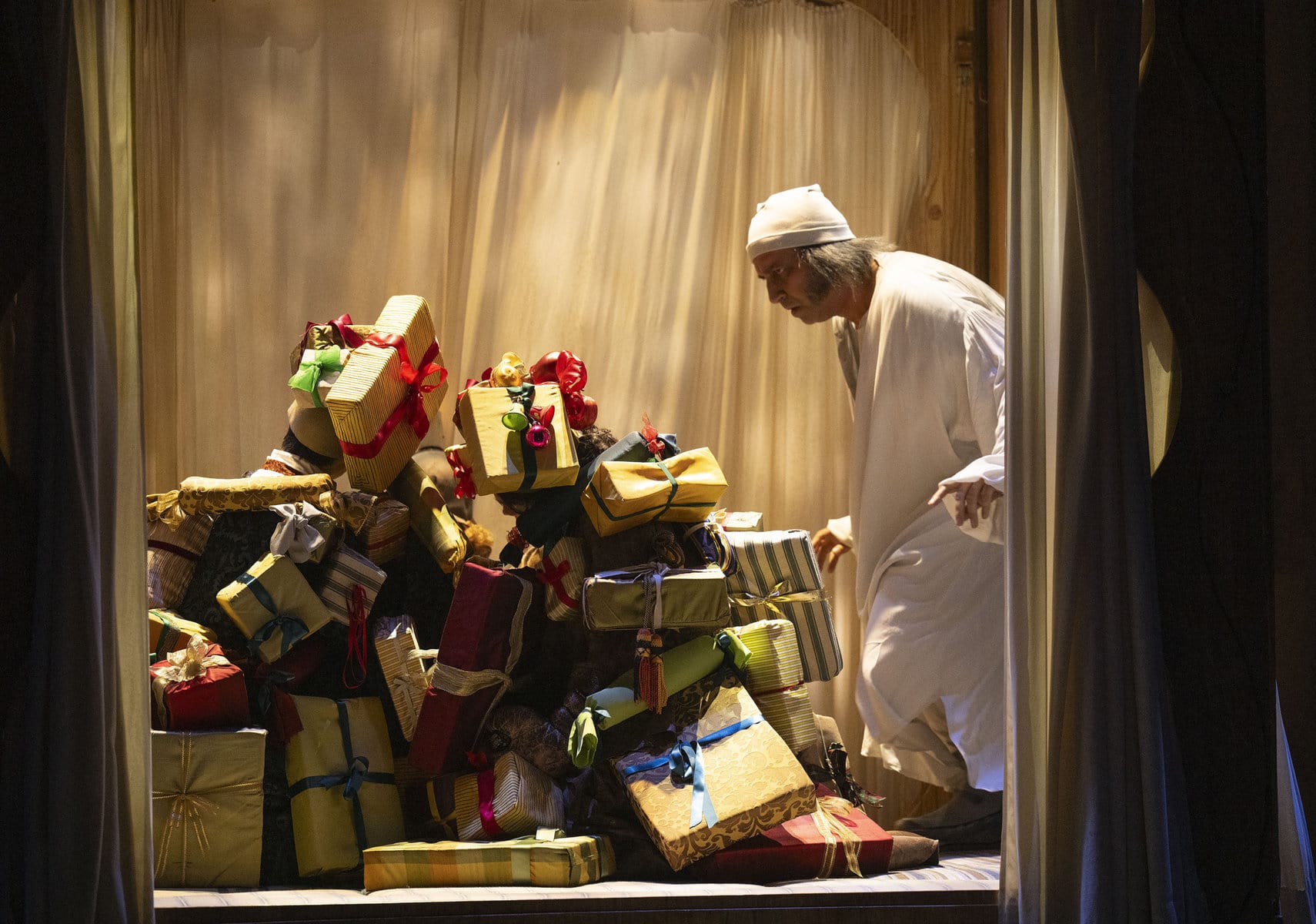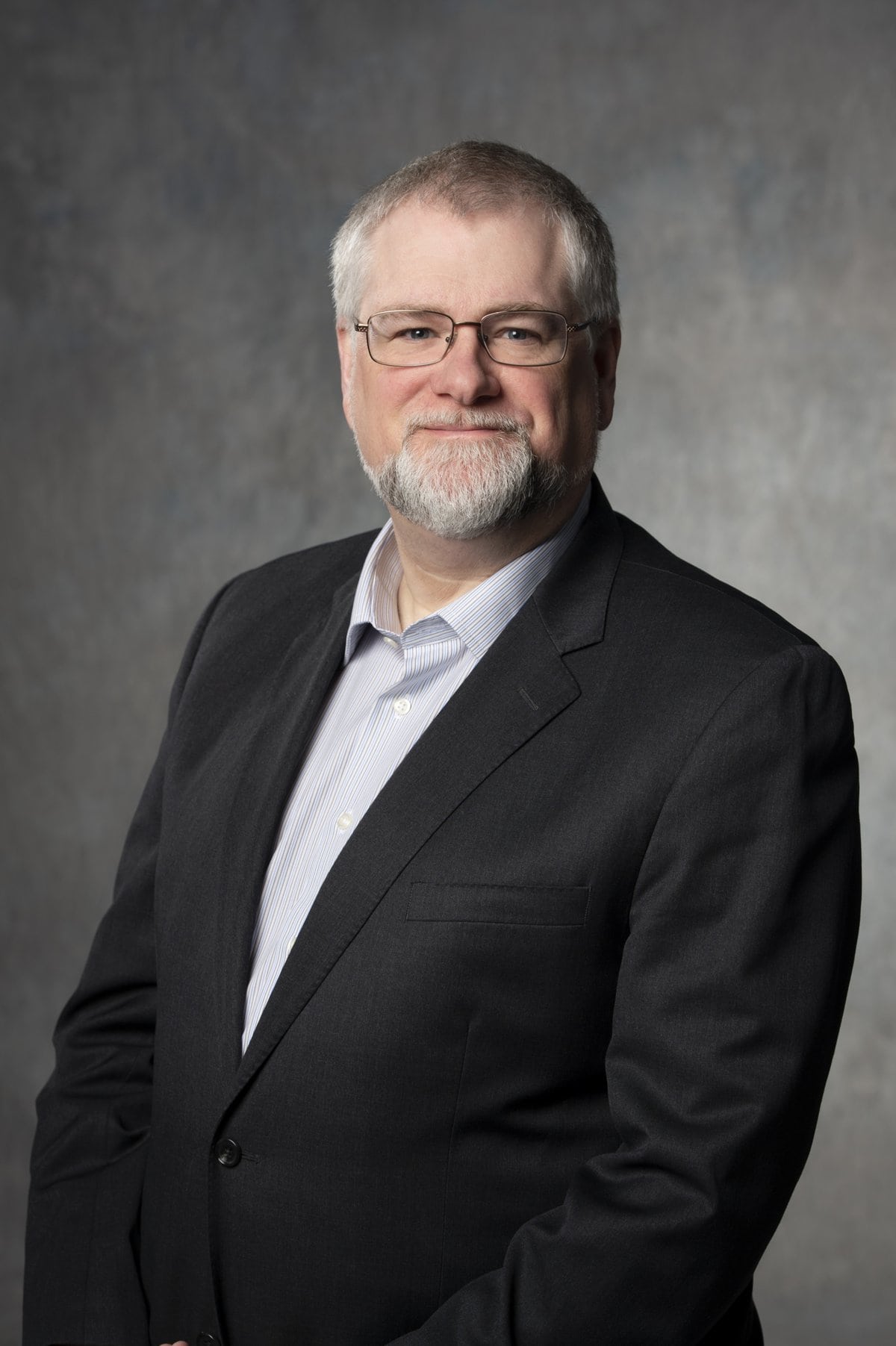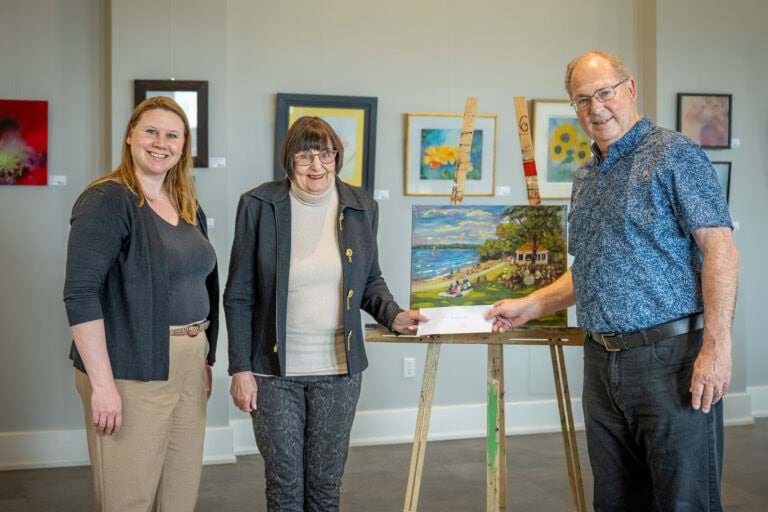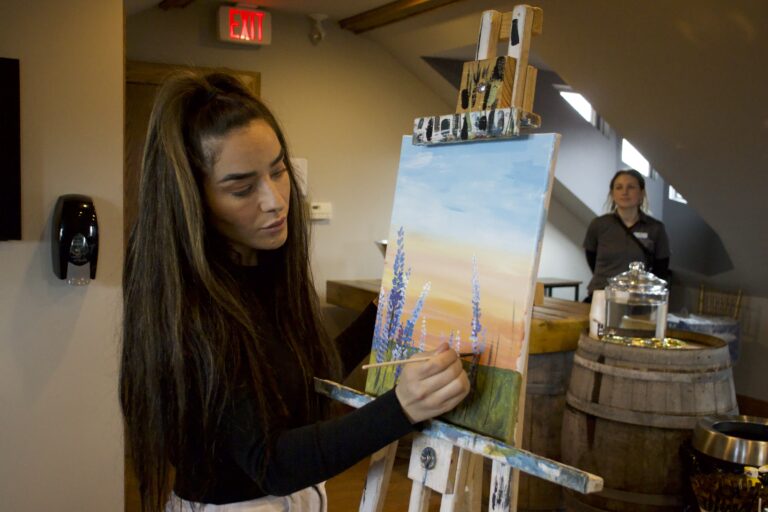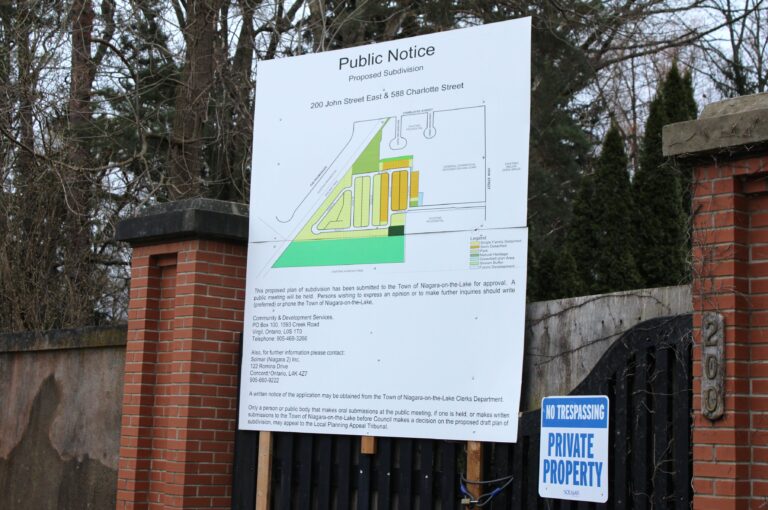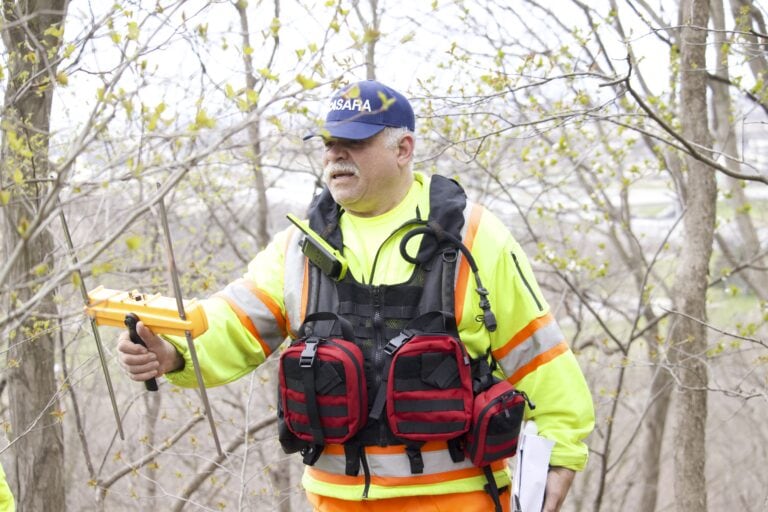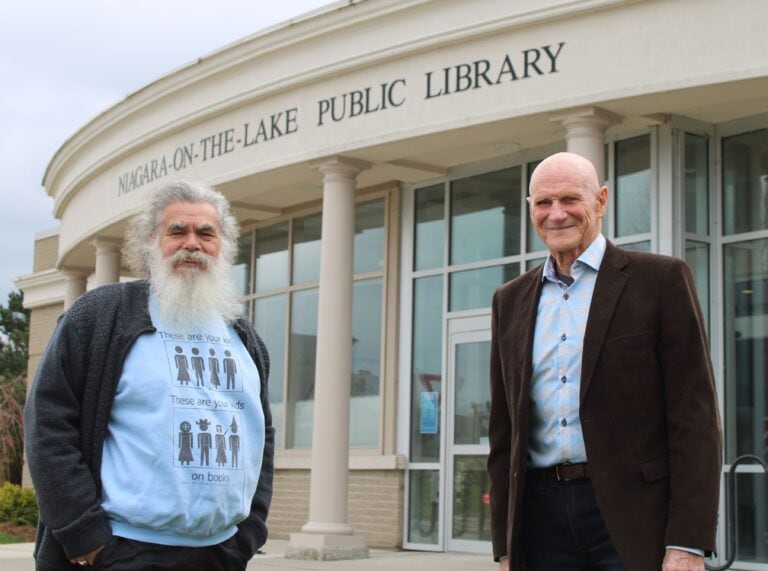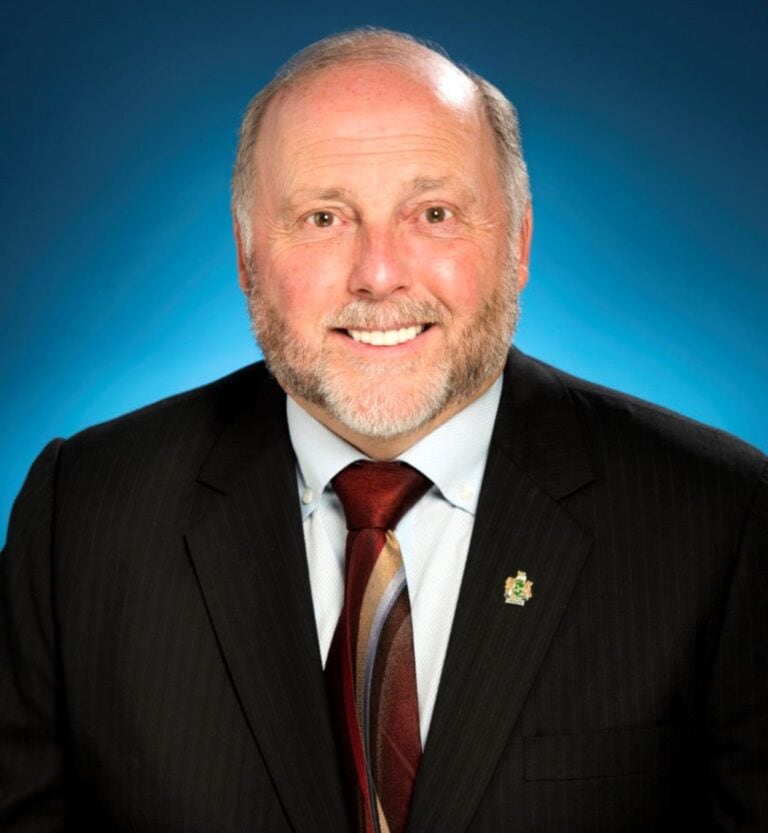Tim Jennings remains an optimist.
It’s a must when you’re overseeing operations of the Shaw Festival, a major regional economic driver and the country’s second-largest live theatre operation.
There is no room for pessimism when playbills are planned a year or more in advance, you’re at the mercy of the whims of patrons and often buffeted by the winds of economic uncertainty.
Not to mention a pandemic that almost no one saw coming.
In the wake of the COVID years, theatre attendance across Canada remains diminished, with many houses half-full (or less) some nights.
Overall, the Shaw’s attendance remains about 20 to 25 per cent below 2019 levels, Jennings said.
It was not unexpected, but the Shaw’s executive director and CEO says Niagara-on-the-Lake’s landmark operation has weathered the storms better than many of its contemporaries.
“Lots of my colleagues are only back to 50 per cent or 60 per cent of their 2019 numbers,” he said.
There’s an ebb and flow to nightly attendance.
Overall, the festival budgets for an average two-thirds house attendance, he said. Some nights, that means only 40 per cent of seats are sold.
Sunday nights and Tuesday-Wednesday are often leaner, while Thursday through Saturday continue to power the Shaw.
COVID is a watershed point and many businesses, the Shaw included, now talk about the pre- and post-pandemic eras. The fact Jennings et al. had wisely purchased pandemic insurance for the festival helped a lot, but that was then.
Like many businesses, the Shaw is still trying to claw its way back to the better times of the pre-COVID years.
In the theatre sector, “there are always these down periods where you’re dealing with significant challenges,” Jennings said in an interview.
And if you don’t plan programs and adopt an optimistic viewpoint that things will change, “then I think you kind of spiral into a defeatist space where it’s a self-fulfilling prophecy.”
On the other hand, he believes, “When you’re optimistic and push for success, you mostly achieve it.”
That requires more than just wishful thinking, though, and it doesn’t mean everything you do every year is going to be a winner – or that it all is going to turn out the way it was envisioned.
“But sometimes you might not realize how much you succeeded until you’re looking at it in the rear-view mirror a couple of years later,” he said.
Historically, about one-third of all Shaw patrons come from the United States. So far, American visitors are only back to about 85 per cent of pre-COVID levels, but they’re not staying in town as long, Jennings said.
In the past, U.S. guests would stay five nights and buy 10 tickets or more, on average. Now, they’re more likely to buy eight to 10, he said.
Almost all of Canada’s live theatre companies are charities or non-profit organizations, working on incredibly slim one to two per cent margins, he noted.
Just as the rest of us have seen how the costs of our everyday staples have jumped markedly in the past few years, so have the prices of goods the Shaw relied on.
The increments have been “massive,” Jennings said.
“Everything has been affected, from lumber, steel for our sets, to materials for our costumes, which have gone up enormously. Labour costs, too.”
“Seeing 30 per cent increases in cost is not something that you can then immediately turn around and charge your audience 30 per cent more. We’re charities. We’re here to try to give back to everybody.”
The theatre company has been “very careful” about raising rates coming out of the pandemic “because we know that if people don’t come it affects every business around us,” Jennings said.
An estimated $7 to $9 is spent in the region for every dollar dropped at the Shaw, he added.
Last year was a bit of a break-even year for the company and, thanks to an accumulated surplus, the festival made some capital improvements. But, he cautioned, “Things are very carefully managed.”
Planning live theatre productions requires a lot of faith, smarts and no small measure of luck. With such risky business comes rewards.
“We create 100 per cent new product every year. We are always working on the edge of margins that put as much work into the space as possible with as little return as we can get away with,” Jennings said.
He calls it constructive positive risk. “But, you know, sometimes that doesn’t work out and that’s OK.”
In those years, investments are made because they serve other “goods.”
He sees planning the Shaw’s shows akin to managing a stock portfolio. “Some of the shows are going to do great. Some of them aren’t.”
“And hopefully the ones that do great are the ones that are our big drivers. But they aren’t every year.”
When the 856-seat Festival Theatre “does really, really well, we do really, really well. It can overtake any problem on any of the other stages. The reverse is not true.”
“If all the small theatres do really, really well and the Festival Theatre does poorly, it’s a rough year and it doesn’t matter if (the small ones) sell out every show.”
With all its theatres and stages full, the Shaw can theoretically bring in a maximum of about 3,000 people a day, less than half what the country’s only larger space, the Stratford Festival, can handle.
“The point of a charity is to deliver its program and to put good back in the world primarily” and, in the Shaw’s case, to serve some basic human needs through art, Jennings said.
He believes it is incumbent on the festival to provide as many shows as possible, because, using the analogy of a food bank, “you don’t want there to be a whole bunch of surplus money sitting in there at the end of the year when you could have fed more people.”
“Well, we’re effectively feeding them differently. And so we want to make sure that we’ve spent every cent we can but still run a viable business.”
Looking ahead, in response to a survey of patrons, the Shaw is moving toward earlier start times for shows.
Jennings noted this year’s Christmas shows – “Brigadoon” and “A Christmas Carol” – have 1 and 7 p.m. starts.
Tickets for next season’s blockbuster, “My Fair Lady,” are already on sale and show times are mainly 2 and 8 p.m. but Jennings said that could change in 2025.
The festival is “leaning towards” experimenting with earlier starts for that season.
And he’s optimistic theatre-goers will continue to return and help erase the memories of the COVID era.



